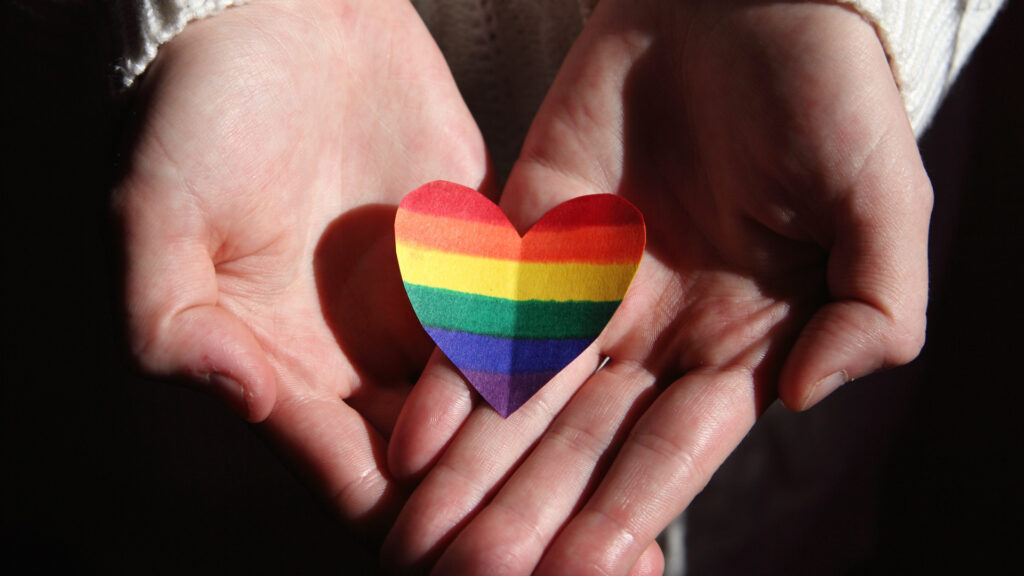I am one of the lucky ones. I have had so many opportunities to love, know, learn from, and get comfortable with people who identify as LGBTQIA+ in my lifetime that when my oldest told us that they were non binary and pansexual, we just hugged them and thanked them for letting us know. They were completely comfortable coming out to us because we have always been open about and talked to our children about all types of love and identity. However, as a parent and a professional, I know that many parents struggle with how to handle the idea or reality that their child may have a different gender identity or sexual orientation than what they originally anticipated. Here are some thoughts about how to best support your children:
1. Educate yourself.
There are a lot of great resources out there that can help explain the differences between gender identity and sexual orientation, as well as define the numerous terms and phrases that you may encounter when talking about these topics. However, when your child brings them up, make sure that you find out what the words mean to THEM, as many can have a broad spectrum of interpretation and meaning. I strongly suggest doing some research before you think you might need it, so that you have at least a base to start from when the subjects come up.
2. Listen openly and with love.
Mental health disorders and suicide rates are much higher for those who identify as LGBTQIA+ but having a strong support person or system can make a huge difference. Even if you are confused or uncertain about what you are being told, reassure your child that you love them, no matter what.
3. Understand that your feelings may be really complicated.
 With as open as I have always tried to be, I had to go through a period of readjusting my expectations for my child’s major life events, which included mourning some dreams I didn’t even know I had. I had to shift my image of prom dress shopping with my daughter, to figuring out other style options with my child. My image of my child holding hands with a significant other while walking about now comes with a shadow of uncertainty about safety. Allow yourself to mourn the dreams that may not be, but also try to find the joy in the ones that will come instead. Make sure you have a strong support system as well, so that you can turn to it when you need an emotional boost, a shoulder to cry on, or encouragement and reassurance that you are doing OK. This may also include seeing a professional who is trained to help process all of the different “feels” that may come your way.
With as open as I have always tried to be, I had to go through a period of readjusting my expectations for my child’s major life events, which included mourning some dreams I didn’t even know I had. I had to shift my image of prom dress shopping with my daughter, to figuring out other style options with my child. My image of my child holding hands with a significant other while walking about now comes with a shadow of uncertainty about safety. Allow yourself to mourn the dreams that may not be, but also try to find the joy in the ones that will come instead. Make sure you have a strong support system as well, so that you can turn to it when you need an emotional boost, a shoulder to cry on, or encouragement and reassurance that you are doing OK. This may also include seeing a professional who is trained to help process all of the different “feels” that may come your way.
4. Follow their lead.
With “gender reveal parties,” shopping in “boys” and “girls” sections, and all of the other ways we “gender” our children, there are a lot of expectations that we put on our children before they are even born. This generation is shifting away from stereotypes and preconceived labels which requires us to open our minds and hearts to letting them determine who they are on their own. Although our brains want to be able to classify everything/one we come across — when it comes to our children — we need to follow their lead. If they ask you to use different pronouns or names, please do so. If their wardrobe seems to shift from day to day, just go with it. Yes, you will make mistakes along the way, but just keep trying.
There are a number of amazing resources out there including PFLAG, the Trevor Project, GLSEN, GLAAD, and locally, Colors+ Youth Center and the LGBT Community Center of Greater Cleveland.

